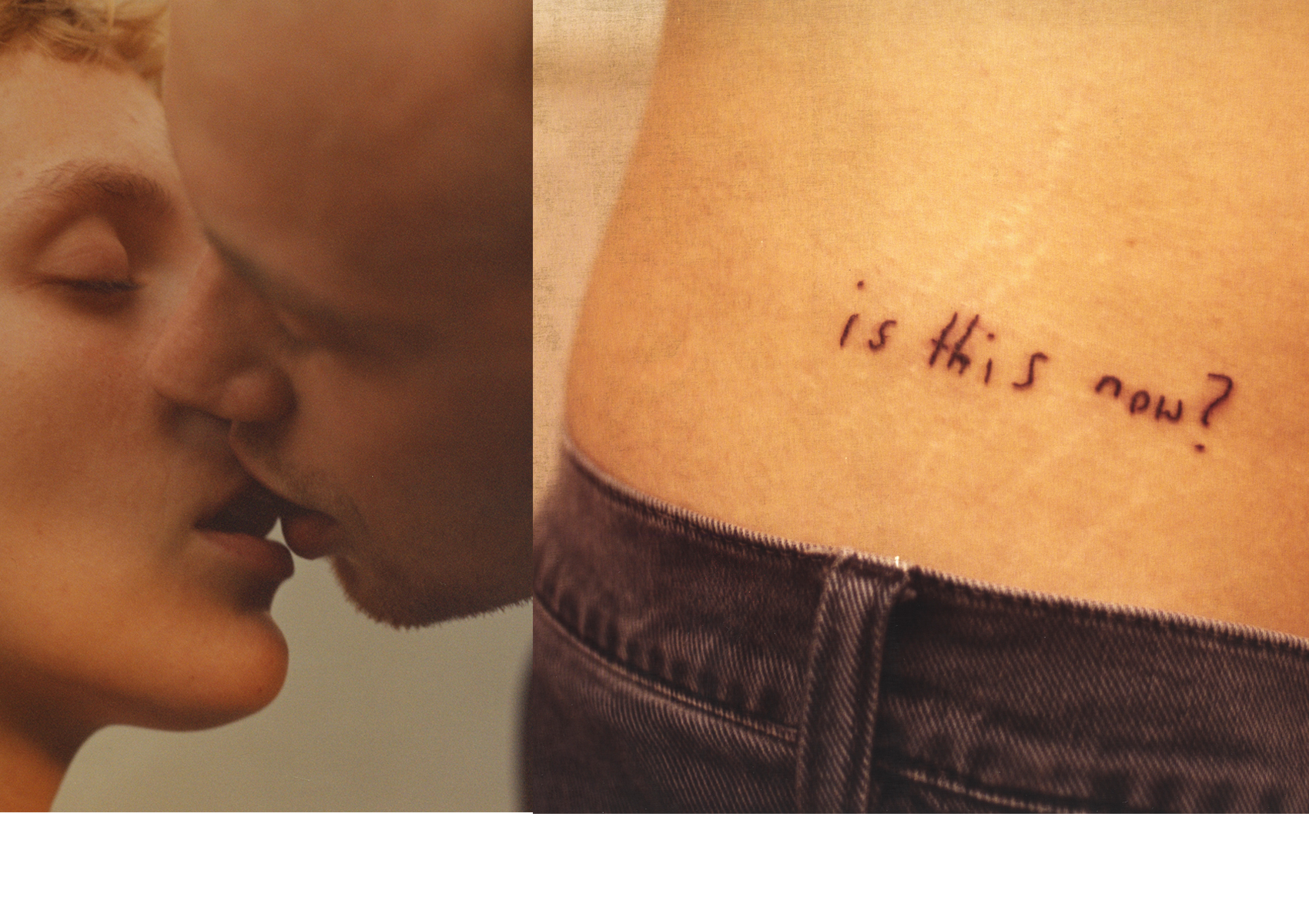This story originally appeared on i-D Germany.
The world is full of surprises — you just have to give it a closer look. There’s more to discover than just the screen of your seatmate on the crowded subway after a long day of work. This year’s graduate exhibition at Ostkreuzschule für Fotografie, one of Berlin’s famous photography art schools, will inspire you to look closer at your own surrounding world. This year’s graduates are using photography to tackle different realities, process difficult feelings, toy with childhood nostalgia, and prolong certain memories. i-D picked the creative brains of seven students to answer one question once for all: How can young creatives stand out of the crowd today?
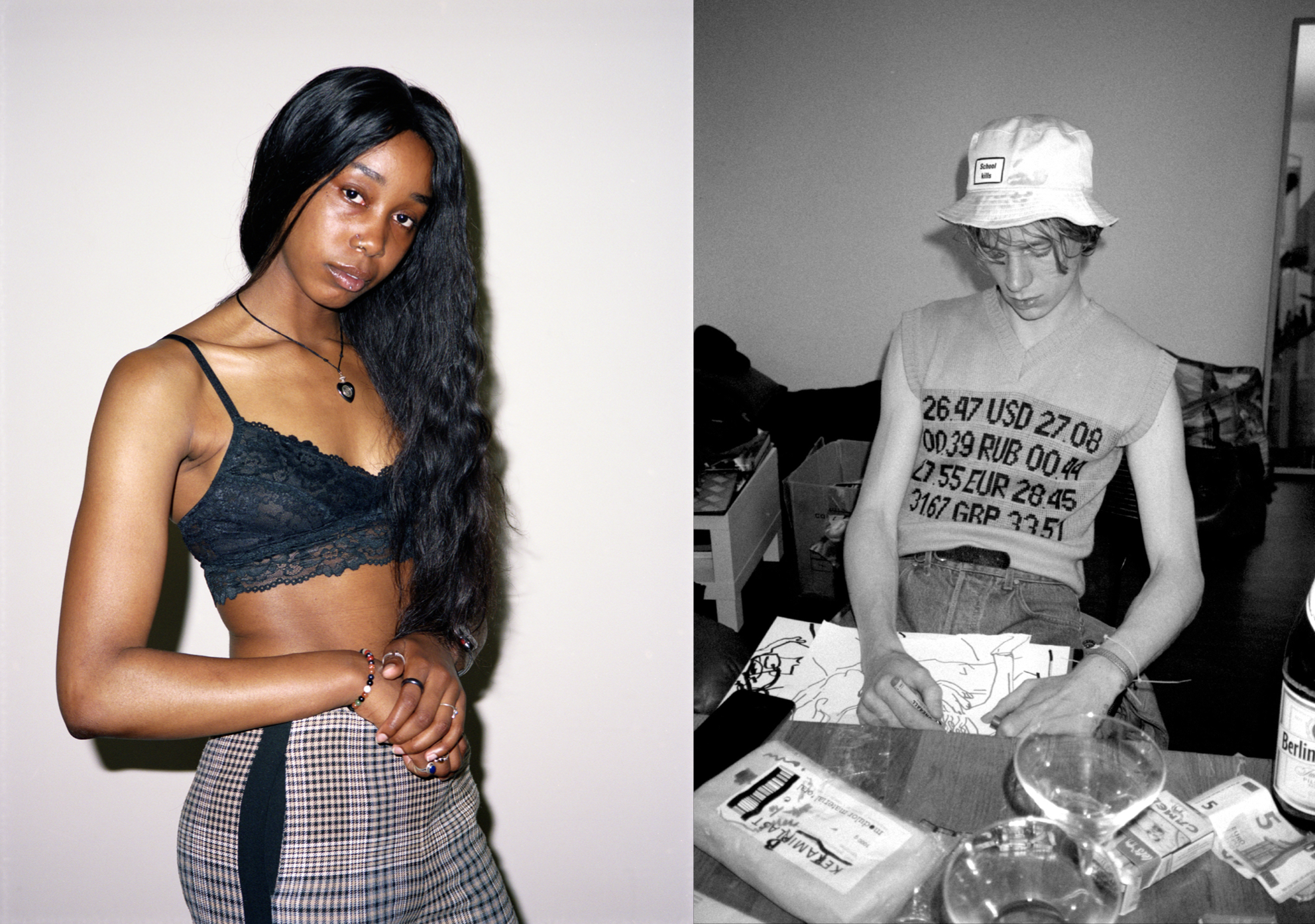
Søren Drastrup
What is your series It’s not you, it’s me all about?
It’s an ongoing portrait series in which I depict friends, lovers, and acquaintances. It can be seen as a small glimpse into my personal life, but it is mainly a way for myself to document this specific time in my life and to prolong certain memories.
How can young creatives stand out of the crowd today?
It is getting harder and harder. Now it is very much about your online presence and how you curate your online persona. Living in Berlin makes it even harder to get recognized and successful as an artist because there’s so many artists in various fields. It will always make it easier to create your own visual language, so people will recognize your work even if your name is not written under it.
What did your studies teach you?
I moved from Copenhagen to Berlin in 2012. After living here for a while, I came to the conclusion the only thing that doesn’t bore me after a while is photography. During my studies I tried to be honest to myself and to continue to do things in my own way with my own aesthetics. It has been very good for me to have some guidance from experienced photographers and I always like hearing other people’s opinions about my work because everybody looks differently at things. One thing Ute Mahler made me realize is that it’s almost always one of the first two photos you take which are the best.

Tim Schmelzer
What is your series WAR ON US all about?
It’s about breakups and the feeling of supposed dependence within relationships. The work is based on a short story of personal experiences with close friends. I tattooed one of the sentences on my body, which felt like a good way to end the series.
What makes a photo a good photo?
I’m interested in simple ideas and thoughts. If I see honest passion and intimacy towards the subject I consider it a good photo.
How does Berlin inspire your work?
Berlin is a working space rather than a place to live for me. It’s often lonely and windy here. If you know how to handle it, Berlin is a workshop that doesn’t judge you but also doesn’t give back a lot.
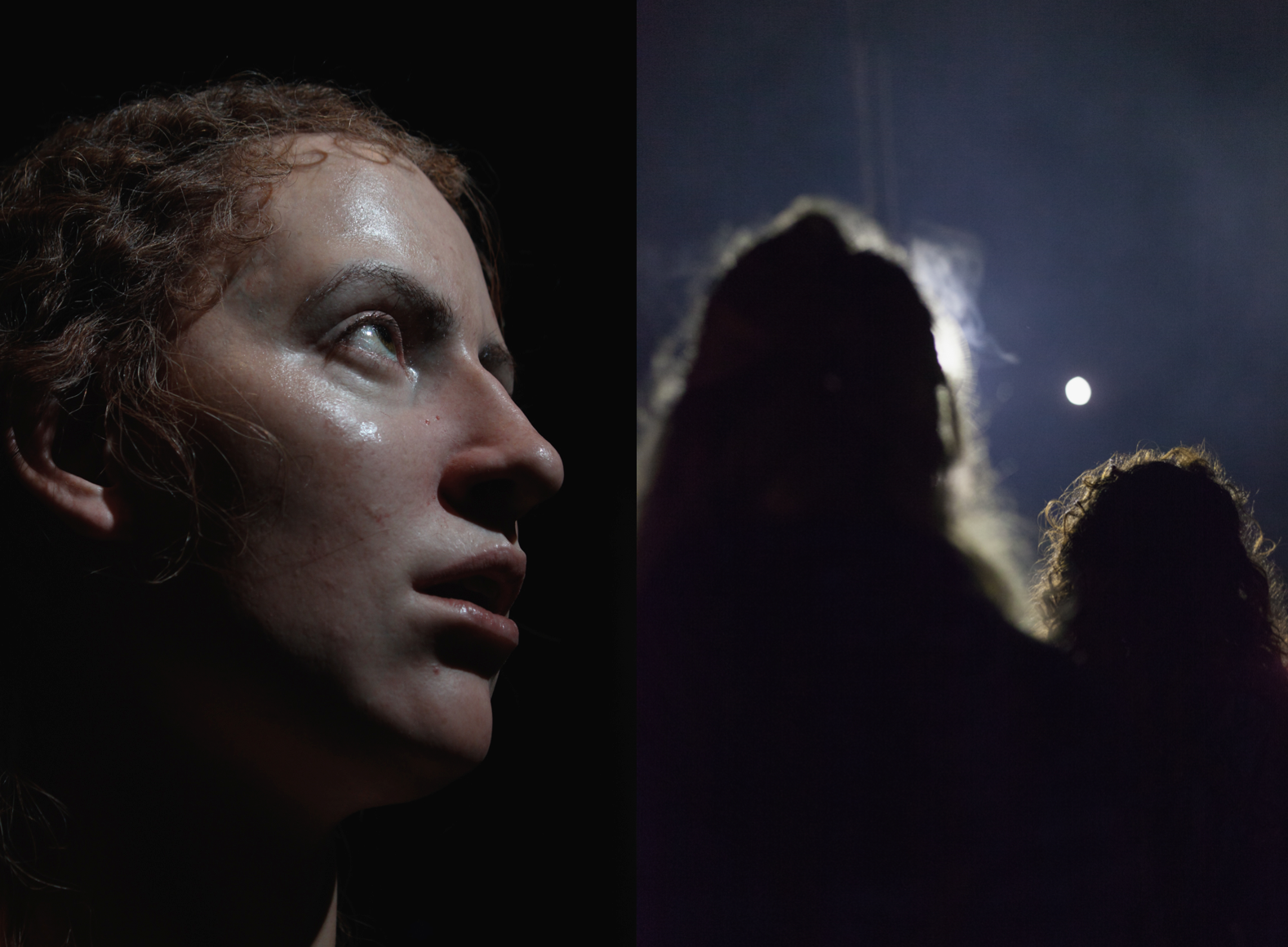
Jana Kießer
What is your series das bleibt unter uns all about?
The series is a processing of sexual abuse in my own family. Both of the pictures show portraits in a state of shock, there is no light-heartedness and femininity but a strong connection to my siblings. The work wants to encourage people who are also affected to talk about it. If more people handle the topic more openly the space for fear and shame will become smaller.
How can young creatives stand out of the crowd today?
It’s a mixture of talent, hard work, and a unique stye or topic — and luck of course.
What should photographers pay more attention to?
Think first before you press the release button.
What did your studies teach you?
It’s more of a realization: Through your experiences in life you will be interested in things other people may not even pay attention to. The personal experiences which eventually lie behind your work make everything more interesting.

Charlott Cobler
What is your series Eine unumstößliche Verbindung all about?
I wanted to photograph siblings in places which have an emotional value for them and which are full of memories. The chosen picture shows two sisters standing on their old playground.
How does Berlin inspire your work?
Berlin is the city I grew up in with my own siblings. There are so many places that remind me of our childhood.
Which advice do you take with you from your studies?
You can’t always be a producer and an observer at the same time.
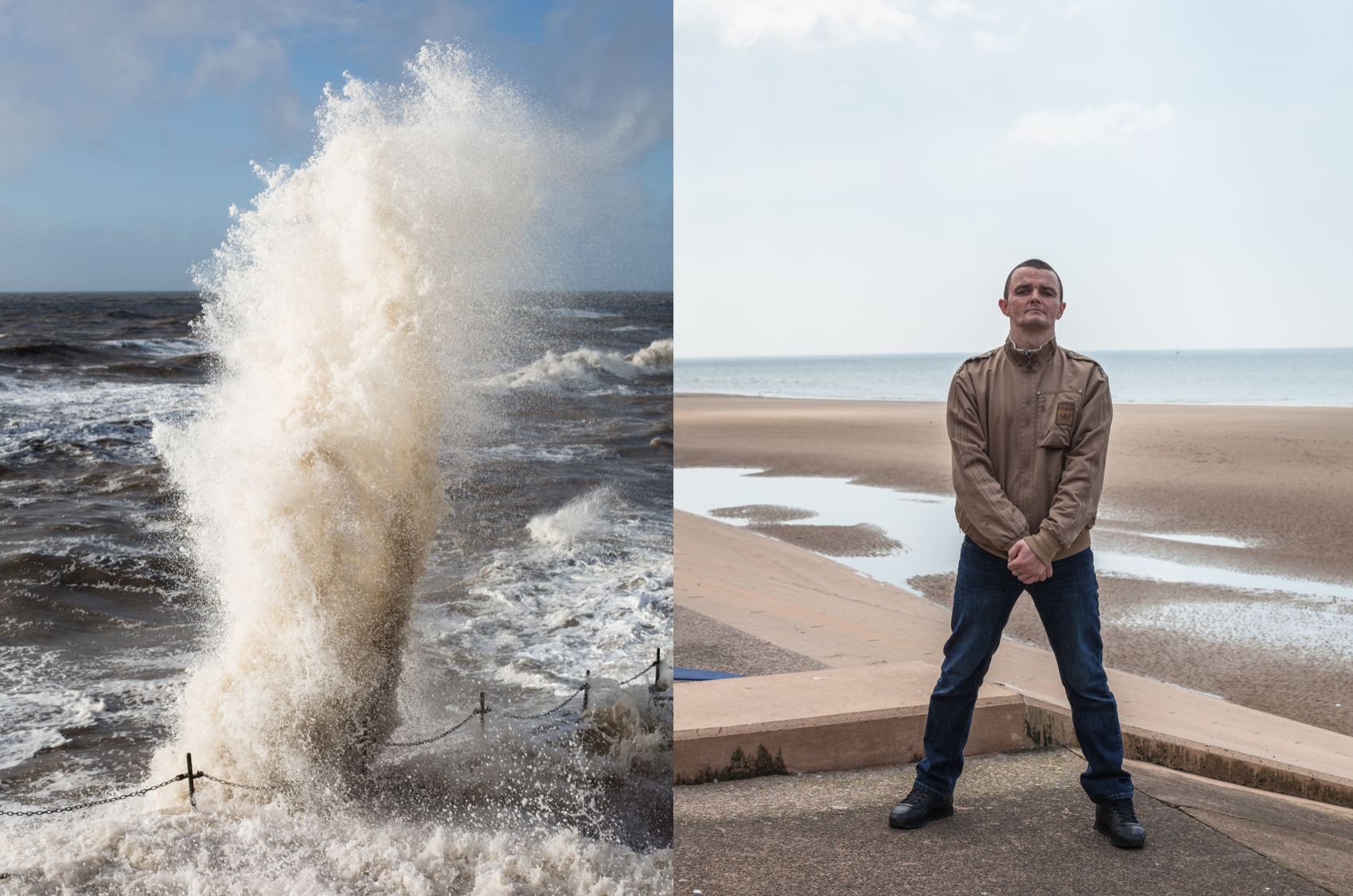
Miguel Brusch
Tell us the story behind those photos.
The guy approached me when I was taking a portrait of someone at the pier. He also wanted to have his photo taken so badly. After talking about his really hard life story for a while I was convinced to shoot him as well.
What is your series The Black Pool all about?
It’s a portrait of the English coastal town Blackpool and its inhabitants. The work transports my feeling in certain places and towards the people I met there. Blackpool is a place where people can escape the reality of everyday life for a bit.
What makes a photo a good photo?
One that triggers my emotions and gives enough space for associations and interpretation.
What did your studies teach you?
Discuss your work and the process of creating it with others all over again. And if something doesn’t work out the way you want it to, you need to search for a new approach.

Laura Spes
Tell us the story behind this photo.
The portrait stands for dream encounters with people you may know or only remember vaguely when waking up.
What is your series Ich träume von einem Bild all about?
I photographed my dreams, means I tried to reconstruct the impressions I dreamt to give them a space in reality. Every photo includes a written scene of my dream.
How can young creatives stand out of the crowd today?
You need a big portion of luck to be at the right time at the right place. Exchange with people in the field — sometimes, it’s a nice small talk which leads you to find new spaces to exhibit your work or some new fans. For me, it’s still important to stick to your own aesthetics and trust yourself.
What should photographers pay more attention to?
There’s a huge flood of pictures confronting us every day. It won’t do any harm to invest in selecting your photos wisely and to throw some out to give others more space.
What did your studies teach you?
It helped me a lot to find my own style but I also learned that not everyone will like it in the end – which is totally fine. It’s important to stand up for yourself and stand behind the content you are producing.
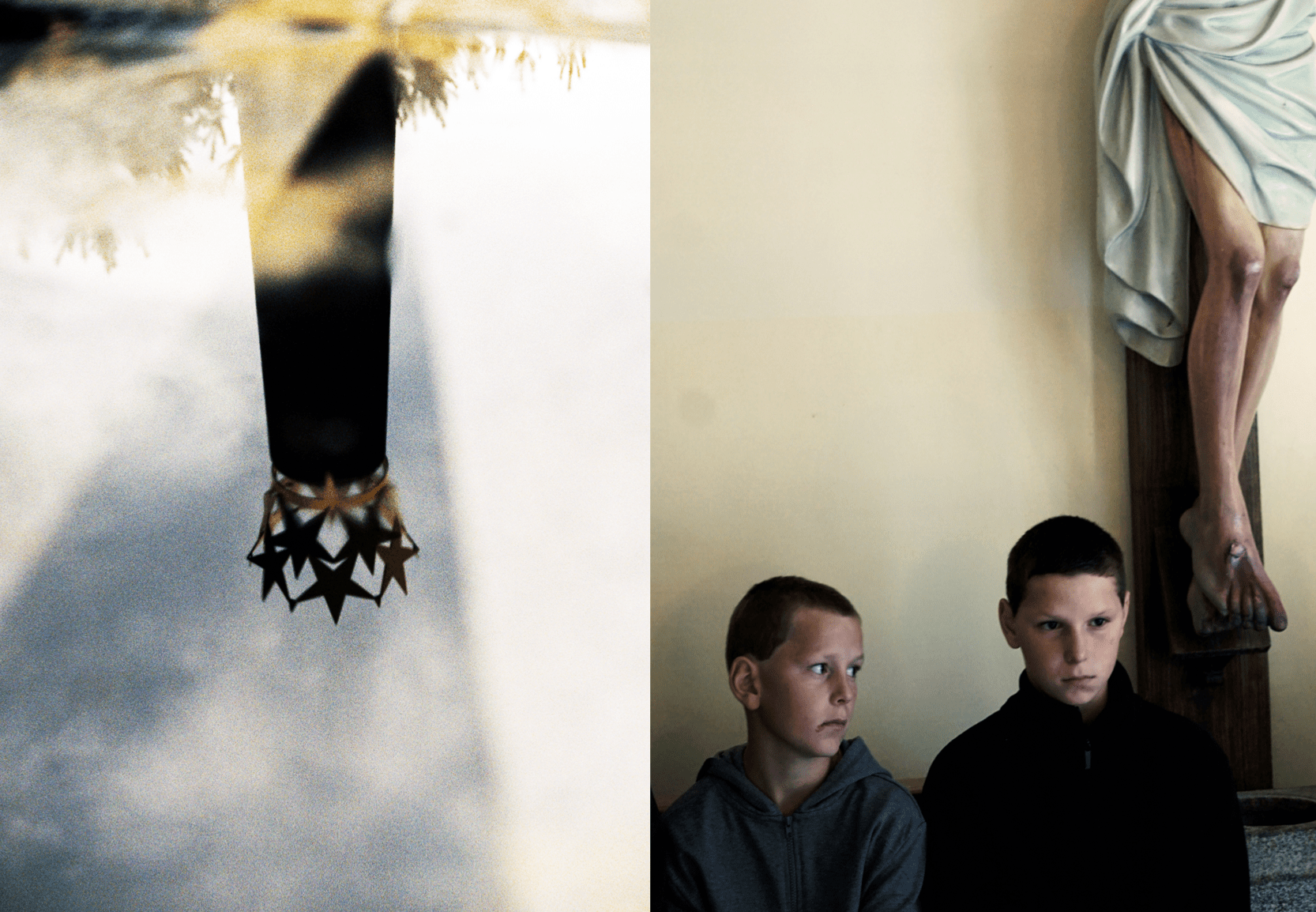
Patricia Morosan
Tell us the story behind the pictures.
The left one shows a Lithuanian monument from 1989. According to the French institute for geography, it’s the mid point of Europe. For my series (I) Remember Europe I traveled to seven historical mid points of Europe. The right one was shot during a Sunday Mass on the Polish mid point in Suchowola.
How did you start with photography?
I was inspired by the film Nihil from German director Uli M. Schueppel. There’s a scene of an old man standing in front of an easel in the middle of a frozen sea, he’s painting eerie fire creatures on the horizon which rush towards him. I was fascinated by this view of the artist.
What is your series (I) Remember Europe all about?
It’s about the middle as an existential search — as a geographic destiny and a political metaphor. Several places in seven different countries claim to be the centre of Europe. (I) Remember is a personal photographic tracking and an emotional geotagging.
Which advice do you take with you from your studies?
I don’t think about this a lot as I don’t experience a mass. What I am more interested in is my personal analysis of reality and my attempt to be as close to myself as possible to reflect it.
